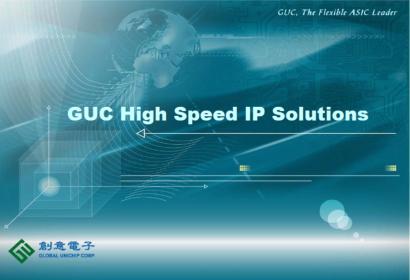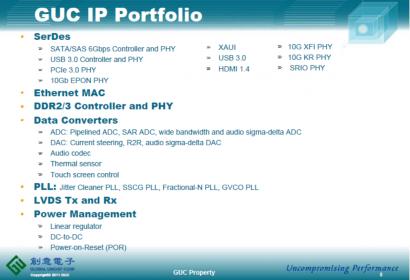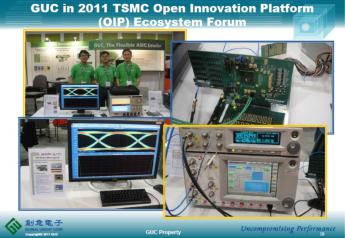Just how many hands have touched your SoC design by the time it goes to manufacturing? Clearly the more hands that touch it, the more complex the design is, making it more difficult to meet your product requirements. The commercial semiconductor IP dilemma is that not only are you using the same IP as your competitors, you are exponentially increasing the number of hands that touch your SoC.

The semiconductor IP dilemma was discussed in detail during a 2+ hour conversation, a $70+ sushi lunch with Dr. Jen-Tai Hsu, the Senior Director of the Global Unichip Corp. (GUC) USA R&D Center. Here is a tip: do not take me to lunch at one of those places where the boats of sushi float by because I will sink a fleet of them! Before joining GUC, Jen-Tai spent 12+ years at Intel so he knows IP. He also has an impressive list of patents and a dozen more pending. Four years ago GUC was an IP baron design services provider. Now GUC has a full lP portfolio with custom IP design groups in Taiwan, China, and Silicon Valley. Global Unichip is now a truly flexible ASIC provider!
Semiconductor design and manufacturing outsourcing has expanded our world to $300B+ so I’m a big fan of it. It’s all about design starts and whatever we can do to enable them. That’s why I work closely with the foundries and emerging EDA and IP companies, to keep those design starts coming. Services are also an important design start enablement function but scaling a price centric business in today’s economy is daunting. In fact, I have yet to see it done successfully. eSilicon, Open-Silicon, Alchip, Verisilicon, etc…….. There are more than a hundred semiconductor design services companies competing for the same business, using commercial semiconductor IP, with cost as the primary differentiator. A hundred of hungry dogs eating from one bowl, not a pretty sight!

Based on the overwhelming success of the GUC business model (tight integration with the number one foundry and flexible ASIC strategy) here is what needs to happen moving forward:
The Intel Foundry Group will buy eSilicon. Intel must have a buffer between them and the foundry customer to be successful. They must also have intimate knowledge of the commercial semiconductor design ecosystem which eSilicon certainly has.
Samsung Foundry Group will buy Open-Silicon. Samsung has the same challenges as Intel so if they are truly serious about the foundry business they will also need a customer buffer.
SMIC will buy VeriSilicon, or maybe VeriSilicon will buy SMIC? They are already neighbors so this is an easy one.
TSMC has GUC, UMC has Faraday, and GlobalFoundries has Socle. With advance process nodes it is not possible to have tight integration with multiple partners, just ask Tiger Woods.

As the semiconductor design and manufacturing landscape continues to evolve over the next decade, the question is: Who will be left to compete with TSMC and GUC?








Quantum Computing Technologies and Challenges